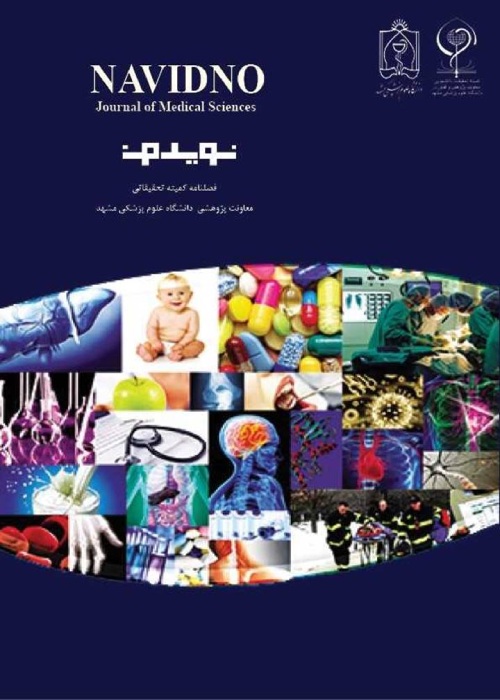Evaluating result of central venous catheterization by oblique sagittal method in neonates and children
Central venous catheterization (CVC) is one of the most common procedures performed by pediatric surgeons. However, the use of these catheters leads to complications and children are more sensitive to these complications, compared to adults. Due to the importance of this issue, the present study aimed to evaluate the results of central venous catheterization using the sagittal-oblique technique in neonates and children.
In this prospective study, CVC was placed for a total of 117 patients by using the help of multiple images obtained from ultrasound, fluoroscopy, and angiography. The priority in catheter placement is that the jugular vein is first selected for CVC insertion, and if the CVC could not be inserted successfully, the subclavian vein and the femoral vein were used for this purpose in the order of priority. Patients were first examined 2 h after catheter insertion and then every 24 h until the day after the catheter removal. Prothrombin time, international normalized ratio, and platelet count were measured before catheter insertion. Moreover, the required information was recorded, such as age, gender, catheter size, catheter placement location, number of attempts for catheter placement, catheter use duration, cause of catheter usage termination, and complications of the patients. Furthermore, chi-Square and t-test were used to investigate the research hypotheses and questions.
Based on the findings, the average duration of catheter retention was 8.85±7.18 days. Furthermore, there was a significant relationship between the number of catheter insertion attempts and the incidence of complications associated with its insertion. There was also a significant relationship between the catheter use duration and the incidence of complications associated with catheter maintenance. In total, CVC was inserted for 117 patients, 92 (78%) of whom had no complications, while 5 (4%) and 20 (17%) of them experienced catheter insertion and maintenance complications, respectively. In this study, the most common complication was hematoma and bleeding that were not threatening. Therefore, no life-threatening side effects, such as pneumothorax and hemothorax were observed, which seems to be due to the use of visual guidance and appropriate catheter insertion techniques.
The results of this study indicated that the use of visual guidance in CVC insertion increases the rate of success and decreases the number of insertion attempts in children and infants. Given the low incidence rate of complications when using visual guidance in central venous catheter placement, it is recommended to replace the traditional techniques with this one.
- حق عضویت دریافتی صرف حمایت از نشریات عضو و نگهداری، تکمیل و توسعه مگیران میشود.
- پرداخت حق اشتراک و دانلود مقالات اجازه بازنشر آن در سایر رسانههای چاپی و دیجیتال را به کاربر نمیدهد.


